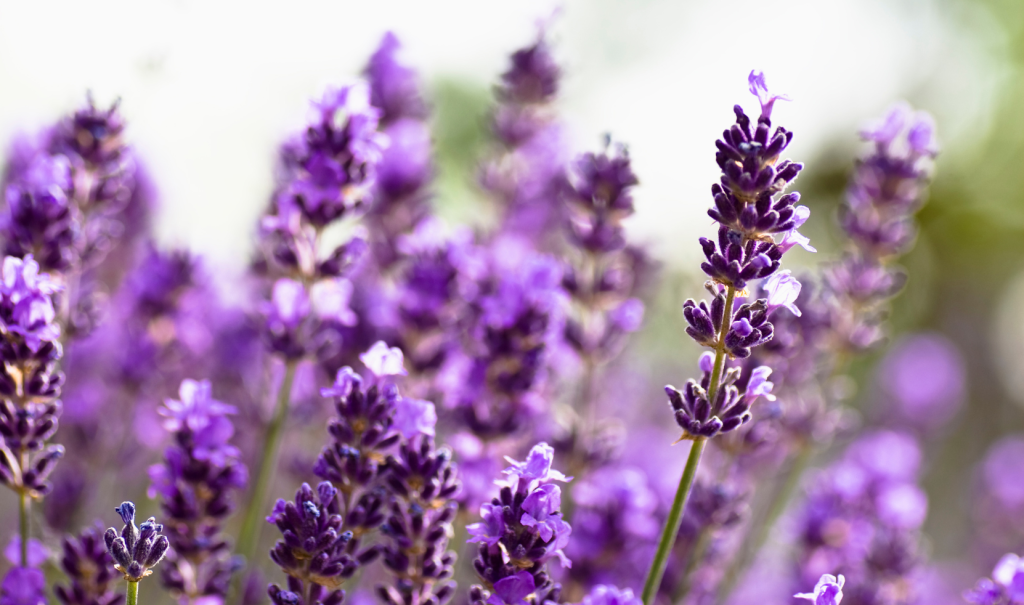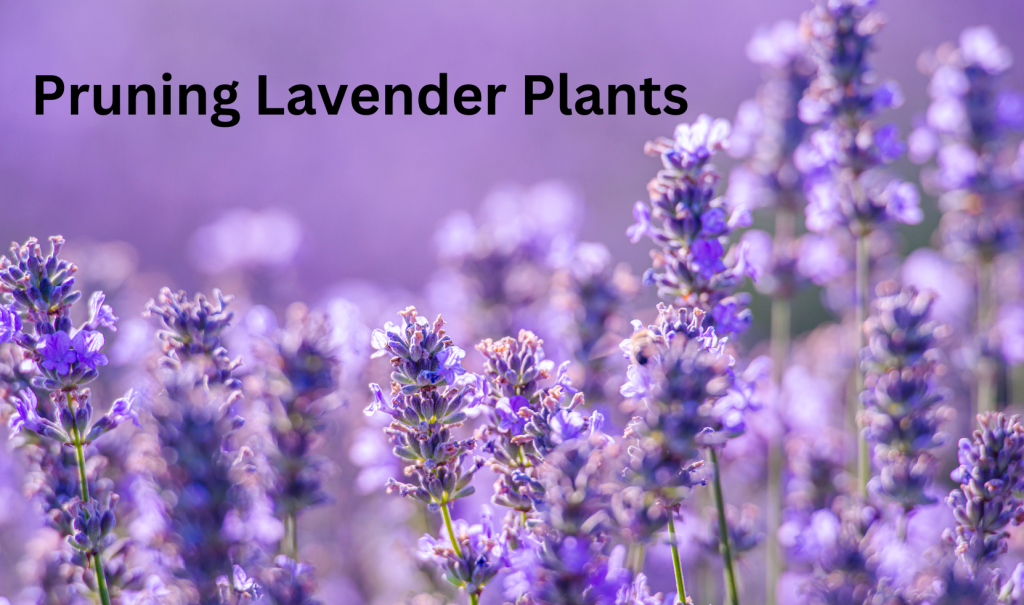Lavender plants are a beloved addition to gardens for their aromatic scent, beautiful blooms, and low-maintenance care. However, to keep these plants looking their best and blooming profusely, proper pruning is essential. In this comprehensive guide, we delve into the art of pruning lavender plants, covering everything from handling woody growth to the best time for pruning in different regions.
Understanding Lavender Varieties
Before diving into pruning techniques, it’s crucial to understand the variety of lavender you’re dealing with. The most common types include English lavender (Lavandula angustifolia), known for its hardiness and fragrance, and French lavender (Lavandula stoechas), recognized by its unique “ears” and less hardy nature. Identifying your lavender variety is the first step towards effective pruning.
Pruning Lavender Plants: The Basics
Pruning is vital for maintaining lavender’s shape, encouraging new growth, and prolonging its life. Without regular pruning, lavender can become woody, leggy, and produce fewer flowers.
- Enhances Shape: Regular pruning keeps the plant compact and bushy.
- Promotes Vigorous Growth: Stimulates new shoots and flowers.
- Prolongs Plant Life: Prevents woodiness that can lead to plant decline.
How to Prune Lavender That is Woody
Woody lavender is a common issue if plants are not pruned regularly. To manage this:
- Identify Woody Areas: Look for sections where growth has become tough and brown.
- Prune Back Gently: Trim just above the small green shoots emerging from the woody stems. Avoid cutting into old wood as it doesn’t regenerate well.
- Encourage New Growth: By allowing light to reach new shoots, you stimulate fresh foliage development.
Can I Cut Lavender Back to the Ground?
Cutting lavender back to the ground is not recommended as it can harm the plant:
- Risk of No Regeneration: Lavender does not grow back from old wood.
- Promote Gradual Trimming: Instead of severe cutting, prune annually to prevent extensive woodiness.

What Happens If You Don’t Prune Lavender?
Failing to prune lavender can lead to several issues:
- Legginess: Stems become long and bare at the base.
- Reduced Blooms: Less energy directed towards flower production.
- Shorter Lifespan: Increased likelihood of woody growth taking over.
When to Prune French Lavender in the UK
For those growing French lavender in the UK:
- Best Time: Late August or early September after flowering has finished.
- Gentle Touch Needed: French lavender requires a softer pruning approach due to its less hardy nature.
Can Woody Lavender Be Saved?
Yes, with careful pruning:
- Identify Healthy Shoots: Look for green growth near the base.
- Prune Above Green Growth: Cut back to just above these shoots without cutting into old wood.
- Regular Maintenance: Regular annual pruning can help rejuvenate older plants.
When to Prune Lavender in the UK
The timing of pruning can affect how well your lavender grows:
- English Lavender: Late summer (August) after blooming.
- Non-English Varieties: Varies; generally after flowering but before winter frost sets in.
Is Woody Lavender Dead?
Woody lavender isn’t necessarily dead but may not be producing as much foliage or flowers:
- Check for Green Shoots: These indicate potential for regrowth.
- Focus on New Growth: Encourage by carefully trimming away excess woody stems.

When to Prune Lavender UK RHS Guidelines
According to RHS guidelines:
- Prune Twice a Year: After first flowering and again in late summer.
- Avoid Cutting into Old Wood: Focus on removing spent flowers and shaping young growth.
The Absolutely Best Way to Prune English Lavender Beautifully
For English lavender:
- First Trim Post-Blooming: Remove spent flowers and about a third of overall growth.
- Second Trim in Late August: Shape the plant by cutting back further without reaching old wood.
- Use Sharp Tools: Ensure clean cuts using secateurs or shears.
By adhering to these guidelines and understanding your specific variety’s needs, you can maintain a healthy and visually appealing lavender garden year-round. Regular pruning not only enhances your garden’s aesthetics but also ensures your lavender plants remain robust and prolific bloomers for years to come.
In conclusion, whether you’re dealing with woody lavender or looking to achieve that perfect sculptural shape, remember that consistency in your pruning routine is key. Armed with this knowledge, you’ll keep your garden filled with fragrant blooms season after season. Happy gardening!

